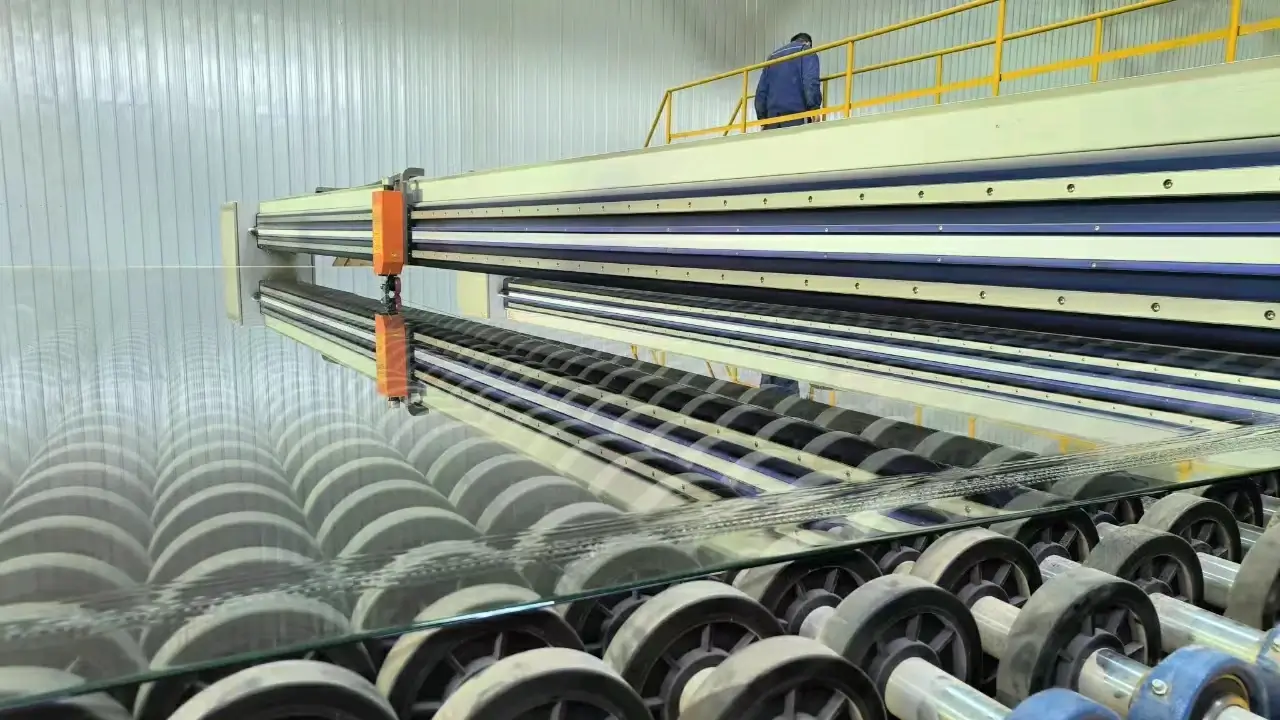

The Float Glass Manufacturing Industry An Overview
Float glass is a fundamental material in architecture, automotive, and various other industries, known for its clarity and uniform thickness. The process of manufacturing float glass has revolutionized the glass industry since its invention in the 1950s, and today, it is produced by numerous manufacturers around the globe. This article explores the float glass manufacturing process, its applications, and key manufacturers in the industry.
The Manufacturing Process
The float glass process involves several critical steps, beginning with the preparation of raw materials. The primary raw materials for glass production are silica sand, soda ash, and limestone, sometimes supplemented with additives for specific characteristics. The raw materials are mixed and melted in a furnace at high temperatures, typically around 1700°C (3090°F).
Once melted, the molten glass is introduced to a bath of molten tin, where it floats to create a flat, smooth surface. This is the hallmark of the float glass process, allowing for uniform thickness and optical clarity. As the glass floats on the tin, it gradually cools and solidifies. After achieving the desired thickness, the glass ribbon is cut into sheets, annealed to relieve internal stresses, and then coated or treated, depending on its intended application.
Applications of Float Glass
The versatility of float glass makes it suitable for a wide range of applications. In architecture, it is used for windows, facades, and interior partitions, providing natural light while ensuring energy efficiency. In the automotive industry, float glass is employed for windshields, side windows, and rear windows, necessitating safety and durability.
Additionally, float glass is utilized in the production of mirrors, glass furniture, and even solar panels, where its reflective properties and light transmission capabilities are paramount. The constant demand for modern buildings, vehicles, and consumer products ensures the float glass market remains robust and expanding.
Key Manufacturers in the Float Glass Industry

The float glass manufacturing sector is characterized by several key players, each contributing to advancements in technology and production efficiency
. Some of the most prominent manufacturers include1. Saint-Gobain Based in France, Saint-Gobain is one of the world's largest producers of float glass. The company emphasizes innovation and sustainability in its manufacturing processes, aiming to reduce energy consumption and carbon emissions.
2. AGC Glass Company Originating in Japan, AGC Glass is a major player in the global float glass market, known for its high-quality products and technologically advanced production facilities. The company focuses on research and development to enhance product performance.
3. Pilkington A part of the NSG Group, Pilkington has a long history in glass manufacturing. The company is renowned for its float glass technology and commitment to sustainability, producing energy-efficient glass solutions.
4. Guardian Glass Headquartered in the United States, Guardian Glass is a leading manufacturer of float glass and glass products for architectural and automotive applications. The company is recognized for its innovative product lines and customer-oriented services.
5. Cardinal Glass Industries Specializing in residential glass products, Cardinal Glass Industries is a significant player in the North American float glass market. Known for its focus on energy-efficient glass solutions, the company caters to the growing demand for sustainable building materials.
Conclusion
Float glass manufacturing is a critical industry that plays a vital role in modern society, providing essential materials for construction and manufacturing. With ongoing innovations and a growing emphasis on sustainability, the future of float glass looks promising. As manufacturers continue to advance their technologies and practices, the industry will likely thrive, meeting the demands of various sectors while contributing to a greener planet. The collaboration between manufacturers, architects, and consumers will be essential in driving future growth and ensuring that float glass remains an integral part of our daily lives.